When you think about your own experiences with learning grammar, what comes to mind?
As a student, I remember diagramming sentences…using a musty old grammar book with yellowed pages….exercises that put me to sleep…and generally disliking grammar altogether.
Can you relate?
As a teacher, I’d never want my own students to have the same experience. But at the same time, I see grammar and language arts instruction as absolutely essential! We can’t leave them out of the curriculum entirely.
If you’re a primary-grades teacher like me, you want to give your students a solid introduction to grammar, AND you want to keep your grammar instruction engaging!
So I’ve designed a series of blog posts to help you do just that. Today is the first post in this series, and we’re going to explore best practices for teaching grammar.
These practices apply to all elementary grades, but my blog is primary-focused, so that’s what we’ll focus on.
(And yes, I include Kindergarten in my definition of primary…but of course, grammar instruction in Kindergarten looks extremely different than it does in other grades!! We’ll talk more about grammar in Kinder in future posts!)
Okay. Let’s dive in!
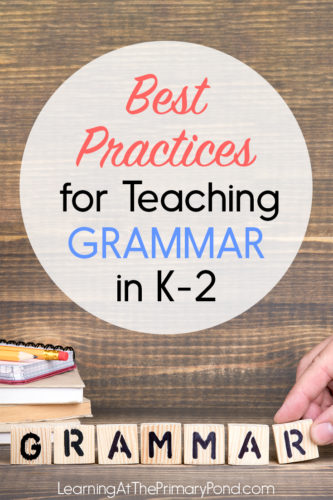
I think it’s helpful to explore what NOT to do before we get into best practices!
What Doesn’t Work in Grammar Instruction
As it turns out, the grammar instruction I received not only put me to sleep…but it was also ineffective.
But you don’t have to take my word for it! Here are a couple of quotes from the research (all of these are different studies, but I found them in Grammar Matters (Dorfman & Dougherty, 2014):
“The study of traditional school grammar…has no effect on raising the quality of student writing.” (Hillocks and Smith 1991, 248)
“The teaching of formal grammar has a negligible or, because it usually displaces some instruction and practice in actual composition, even a harmful effect on the improvement of writing.” (Braddock, Lloyd-Jones, and Shoer 1963, 37-38)
In a nutshell, grammar worksheets, sentence fixing (sometimes known as D.O.L.), and sentence diagramming don’t usually help kids learn grammar skills. In fact, they can actually have a negative effect on students’ motivation and overall literacy learning. Yikes!!
So maybe your first reaction to this is: “Well, then, let’s do grammar games and more hands-on activities!”
And I’m 100% on-board with you in wanting to make grammar fun!
But we have to be careful. It’s not just the worksheet itself that’s “bad.”
It’s the activities ON the worksheet that aren’t effective. Because they don’t help kids apply their grammar learning to their writing.
If you look back at those two quotes above, they both mentioned writing as the ultimate goal. I mean, that’s why we teach grammar, right? So our students can learn to write well. (And of course, it can also help with oral language and reading.)
So in trying to avoid the “traditional” grammar instruction that’s been shown to be ineffective, we have to be careful not to accidentally replicate it.
Taking a worksheet and turning it into a game still doesn’t change the nature of the activities that kids are doing. Does that make sense? It’s subtle, I know.
So then, what should we do instead?
Best Practices in Grammar Instruction
We need to teach grammar so that kids can actually apply it to their writing.
That means that much of our grammar instruction should take place in the context of writing instruction so that kids take what they learn and use it in their own writing!
We’ll talk more about this in my next post, but here are a few examples:
- Teaching adjectives when you’re teaching students how to write more complete descriptions of animals for their nonfiction books
- Introducing commas in a series to help students list out ingredients/supplies in recipes or how-to books
- Having students identify verbs in their own personal narratives
Of course, before students can apply a grammar skill or a convention to their writing, they have to learn it. And that’s where reading and mentor texts come in!
As I mentioned in the previous section, having kids fix incorrect sentences (sometimes called Daily Oral Language) is not, by itself, an effective way to teach grammar and editing.
We don’t want to repeatedly expose kids to incorrect examples, because then all those errors “stick” in their brains!
Instead, we want to show our students how authors use conventions successfully! To fill their minds with good examples!
We discuss grammar and conventions in the context of real texts, so students can see how authors use them correctly.
In a shared reading book or a close reading passage, for example, we can have students identify verbs…find a capital letter…locate the punctuation mark.
And once we’ve discussed a correct example with students, we can also discuss how the text would be different if the target grammar concept was not used (Ruday, 2013).
For example: What if the author hadn’t used this exclamation point? How would that have changed the meaning of this paragraph?
In sum, grammar instruction is most effective when students see it used in real texts and when students have an opportunity to apply these skills to their own writing.
Makes sense, right?
The Importance of the “WHY”
As we teach grammar skills in the context of real reading and writing, it’s also important to help our students focus on the WHY.
The English language might seem a little nuts at times, but there’s always a reason why a convention or grammar rule exists.
There’s a reason why we capitalize sentences, right? A reason why we use a question mark…or an adjective…or a comma.
Our students need to understand reasons—not just memorize rules.
Asking our students, “Why did the author do x?” is a powerful question! So is, “How can you get your reader to y?”
Both of these inquiries get students thinking about why authors use conventions, as well as how they can use conventions to accomplish certain things in their own writing.
Supporting Students with Special Needs
If you teach students with special needs, the good news is that you can still apply everything I’ve shared in this post!
Research recommends that, for special education students, we “[s]ituate grammar instruction in an authentic writing context where students apply learned grammar skills to writing and connected texts” (Graham, MacArthur, & Hebert, 2019).
Recognizing What Students Already Know About Grammar and Celebrating Diversity
It might seem like our students have poor grammar skills in their oral language…or just don’t know much about grammar when they arrive in our classrooms.
But they actually do. If a child can speak (or even just listen), they’ve subconsciously absorbed a whole lot about how our language works!
And this is true even of our students who are learning English as a second language or who speak a “nonstandard” dialect of English.
Even as we teach our students conventions and grammar, we need to recognize and welcome students’ home languages and ways of speaking.
I think these quotes say it best:
“Upon entering school, those who speak language and dialects other than standardized English (Hudley and Mallinson 2011) are often asked to disconnect from them in favor of mastering the “correct” way of speaking. Rather than building on students’ prior knowledge, celebrating linguistic diversity and the wonder inherent in multiple ways of speaking, grammar programs all too often silence home language and dialects; in the process, they also silence children’s lullabies, jokes, and family stories” (McCreight, 2016, xvii).
“Does it not smack of racism or classism to demand that students put aside the language of their homes and communities to adopt a discourse that is not only alien but has often been instrumental in furthering their oppression?” (Delpit, 1994, 297) (McCreight, 2016, 45)
Teaching grammar is complicated and nuanced, and we have to find ways to celebrate and acknowledge what students already know.
We can discuss how people speak differently to their friends, their families, authority figures, etc. We can discuss how characters in books speak differently than we do to our peers.
This is definitely an area of grammar instruction that I’m learning about and want to pay more attention to!
Conclusion
Grammar instruction doesn’t have to be something we dread; we can really bring it to life for our kids by focusing on how it matters in real books and their writing!
Check back in the following weeks for my upcoming posts in this series—we’ll dive into topics like how to integrate grammar into writing and reading instruction, how to find time for grammar instruction, and more!
Update! The grammar series is now complete!
You can read each post in the series here:
- How to Integrate Grammar into Your Writing Instruction
- How to Integrate Grammar Instruction Into Shared Reading or Close Reading
- How to Find Time for Grammar Instruction
- 5 Tips for Helping K-2 Students Actually Apply Their Grammar Learning
- Grammar Skills by Grade Level: a List of Grammar, Language, and Writing Conventions to Teach in K-2
- 15 Picture Books For Teaching Grammar and Conventions
- Grammar ALIVE! A 3-Part Approach for Engaging, Relevant Grammar Instruction in K-2
And if you need grammar lessons, materials, and games for all year long, click on any of the images below to read more about my Grammar Alive program for Kindergarten, first grade, and second grade:
References
Anderson, J., & La Rocca, W. (2017). Patterns of Power: Inviting Young Writers into the Conventions of Language Grades 1-5. Portland, ME: Stenhouse Publishers.
Dorfman, Lynne, and Diane Dougherty (2014). Grammar Matters: Lessons, Tips & Conversations Using Mentor Texts, K-6. Portland, ME: Stenhouse.
Graham, S., MacArthur, C. A., & Hebert, M. (Eds.) (2019). Best Practices in Writing Instruction (3rd ed.). New York, NY: The Guilford Press.
McCreight, J. (2016). Celebrating Diversity Through Language Study: A New Approach to Grammar Lessons. Portsmouth, NH: Heinemann.
Ruday, S. (2013). Five Recommendations for Teaching Common Core Grammar to Elementary Students. Larchmont, NY: Eye on Education.

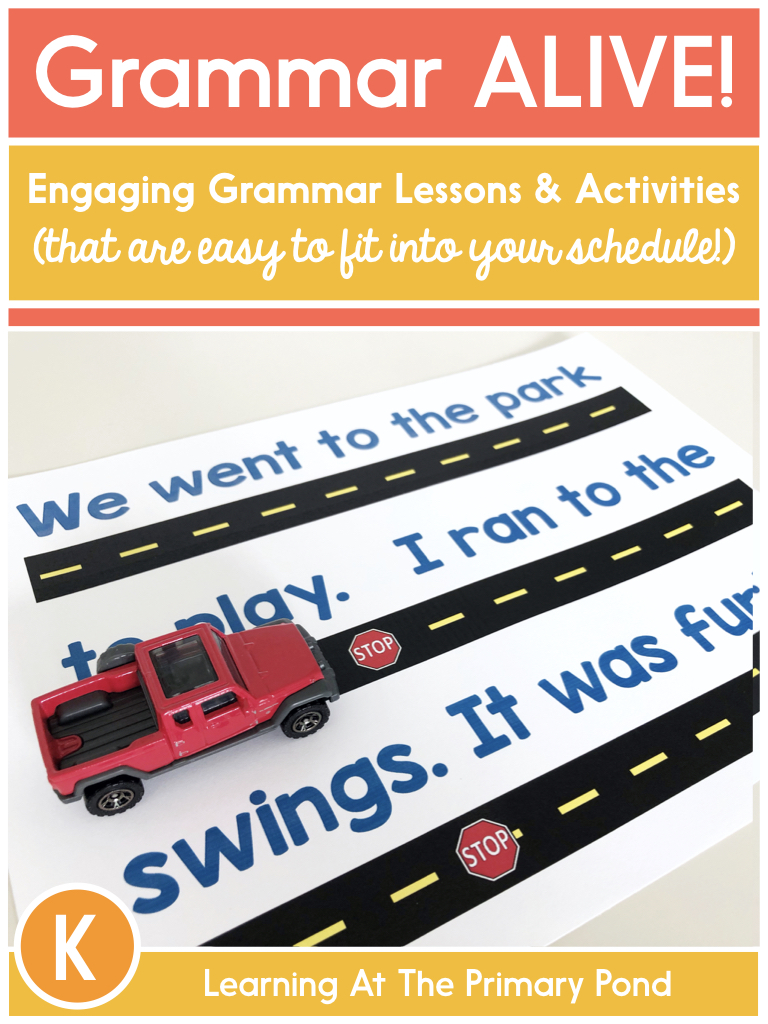
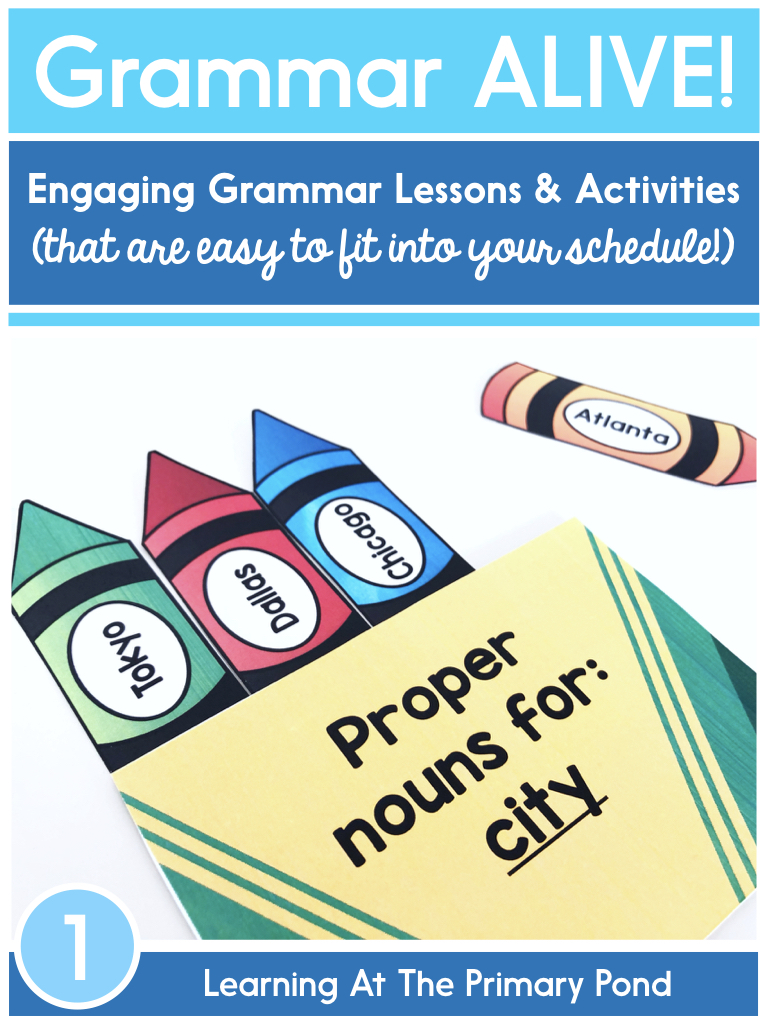

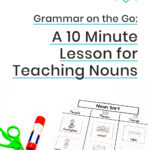
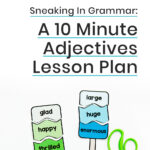
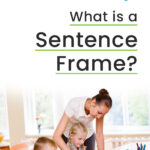
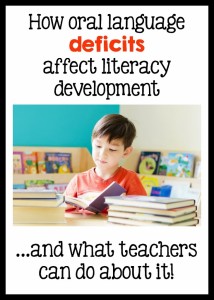
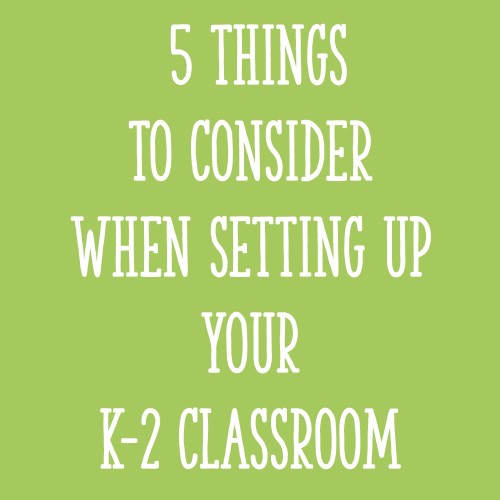
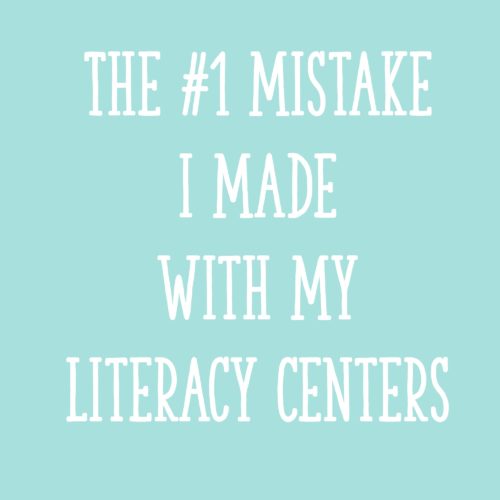






Thank you for these helpful insights on teaching grammar. I can’t wait to read your future posts!
Thank you for your insightful post on teaching grammar. I can’t wait to read your future posts!
You’re so welcome – I’m glad it was helpful!! 🙂
Alison
Woo hoo. Thank you.
Woo hoo. Thanks
THANK YOU for including the section about linguistic diversity!!! I’m so excited to see this coming up in more of our “teacher conversations,” as we finally recognize the importance of affirming our students’ many identities. Thank you for highlighting it here!
Thanks for including sources. I often need justification for my views. 🙂
Would you do a grammer workshop if you have not already?
Hi! I teach Grammar in three stages: Explore, Practice, and Apply. I find this to be the most engaging and effective method for K-2 students. You can read more about it and the research behind the 3-Part Approach in my Grammar Alive blog post. I will attach the link at the end! I hope that helps!! ❤ https://learningattheprimarypond.com/blog/grammar-alive-a-3-part-approach-for-engaging-relevant-grammar-instruction-in-k-2/